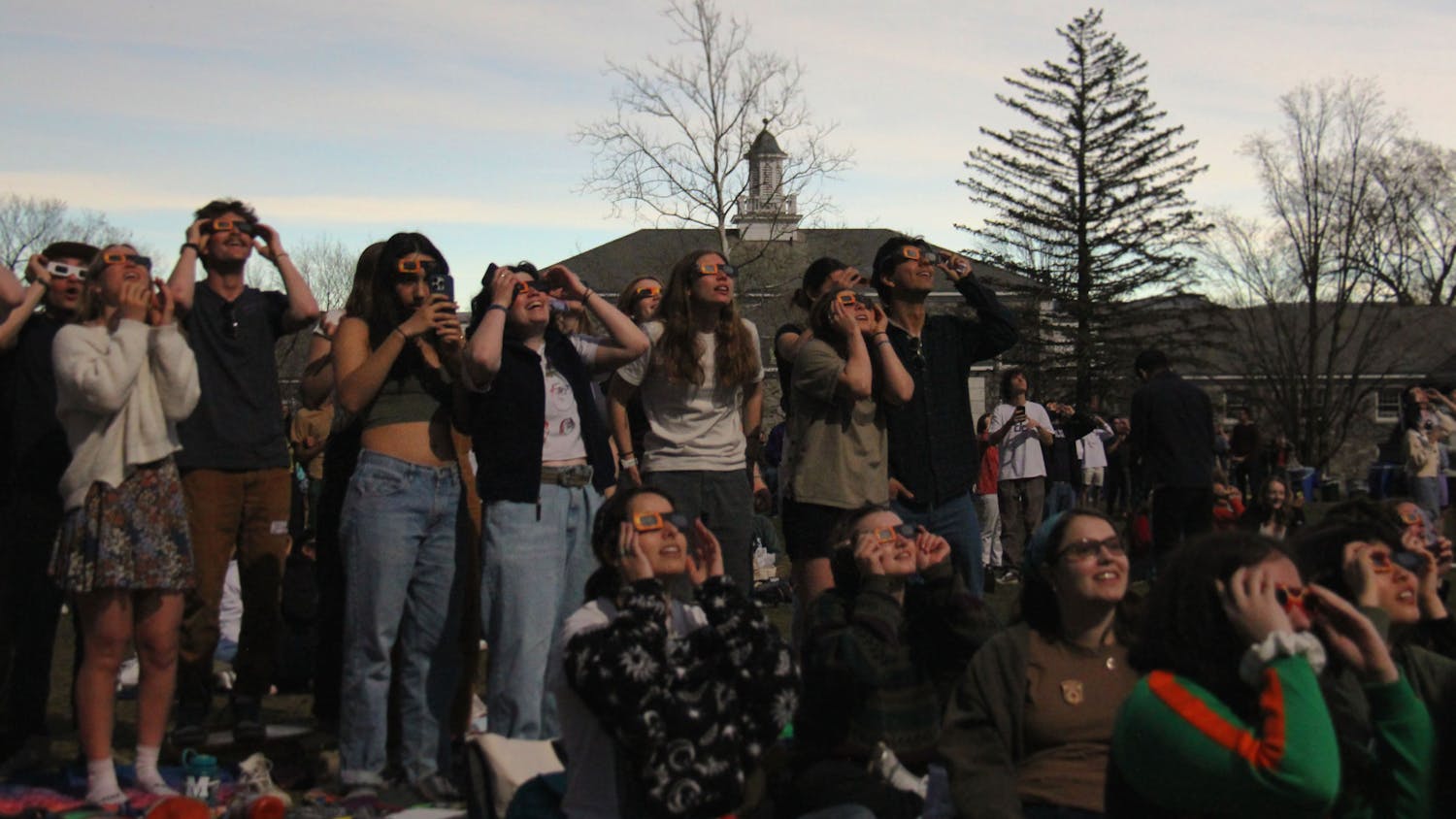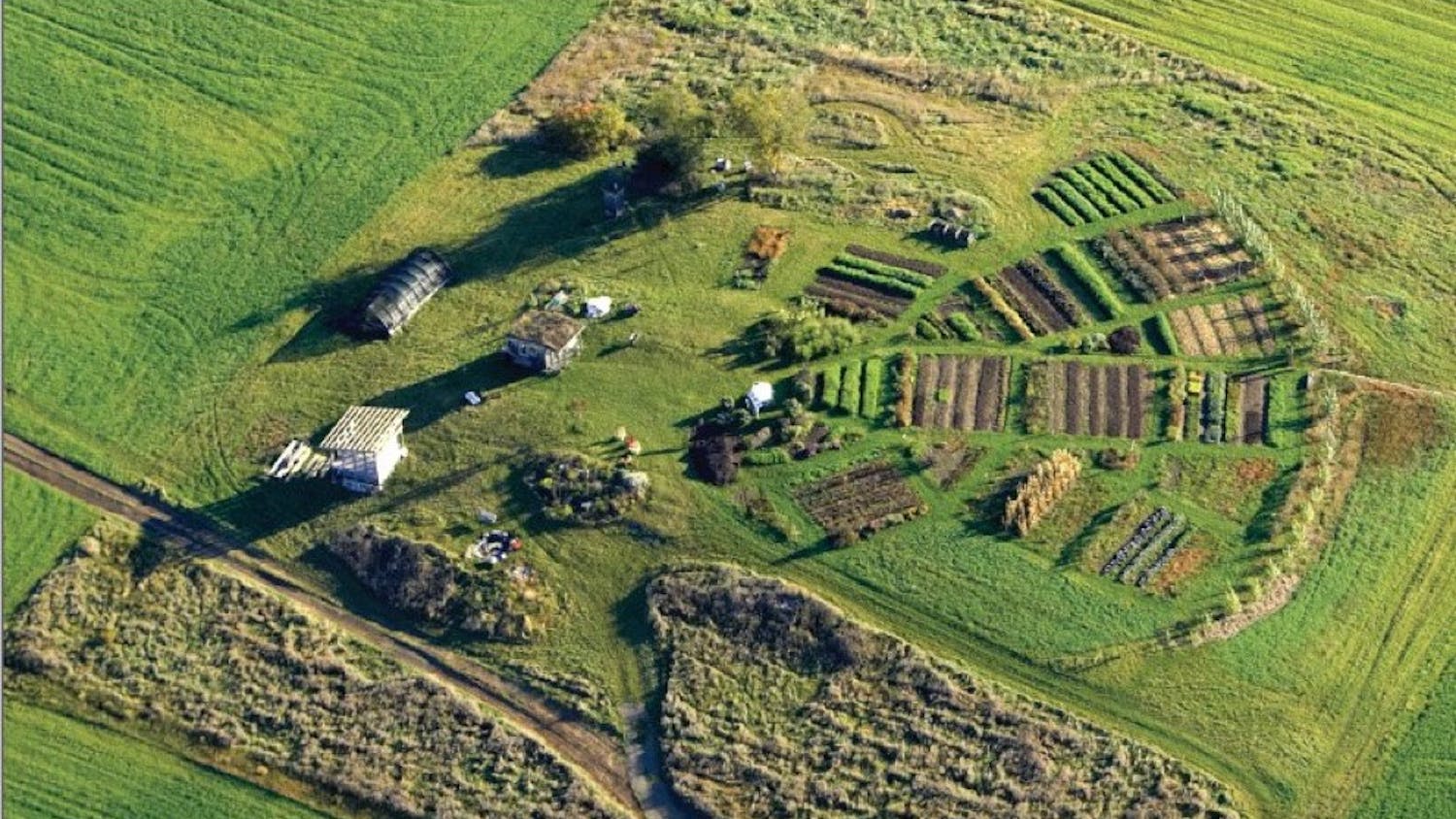On Oct. 1, Public Safety released the Middlebury College Annual Security and Crime Report. This report, emailed to all students in compliance with the Jeanne Clery Disclosure of Campus Security Policy and Campus Crime Statistics Act, was a compilation of statistics about crime at the College in the year 2011 as compared to the two previous years.
According to the report, in 2011, there was a significant increase in the number of referrals for disciplinary action for liquor law violations in comparison to 2010 and 2009. Furthermore, in 2011, incidents of burglary and referrals for disciplinary action for liquor law violations occurred on public property for the first time. Finally, no hate crimes were reported in 2011 unlike in previous years. These statistics, however, only represent reported incidents.
Director of Public Safety Lisa Burchard attributes some of the changes in the crime statistics to new policy and institutions.
“The increase in alcohol citations along with other issues resulted in the Task Force on Alcohol and Social Life on campus,” said Burchard. “It’s very possible that the decrease from one to zero [of hate crimes] is a result of the information and mandatory training involved with the Anti-Harassment Policy.”
Burchard also pointed out that crime occurring on public property could be located on the various public roads that cross campus.
Wonnacott Commons Dean Matt Longman highlighted that a number of students, particularly seniors, live off-campus and that this may be a factor in the statistics.
The Middlebury College Annual Security and Crime Report does not reflect instances of vandalism on campus; however, statistics provided by Facilities Services suggest that student vandalism is on the rise. In the 2006-2007 school year, only $54,418.69 worth of student damage was accrued whereas in the 2010-2011 school year, students caused $140,623.45 worth of damage, representing the highest grossing student vandalism year in the range provided. Furthermore, the statistics indicated that last year, Atwater perpetrated the most vandalism of the five commons, and seniors in Atwater were found responsible for damage in most instances.
Longman cautioned that these statistics may not accurately reflect trends in instances of vandalism because they are based on the money spent on student vandalism in a given year.
“[The figures] might not necessarily reflect that there are twice as many incidents of vandalism or damage, but it might just be that there were one or two huge ticket items that created a bloom in the dollar figure,” explained Longman.
Nevertheless, any figures related to needless vandalism are of great concern to the commons deans and the administration.
Assistant Director of Facilities Linda Ross said she feels that vandalism is a concern on campus.
“I do think vandalism is an issue when it takes time away from the departments that already have a concern about the … care of routine maintenance and operations by adding an extra burden to the work load,” said Ross.
To reduce crime, Public Safety takes many steps at the beginning of each year, like testing all emergency phones on campus, posting important contact phone numbers in visible locations and encouraging students to lock their doors.
Throughout the year, they provide foot and cruiser patrol of campus, respond to emergencies and offer MiddRides 24 hours a day, seven days a week.
In addition to Public Safety, the College maintains a strong relationship with the Middlebury police.
To ameliorate campus security, the key-card system was implemented within the past five years.
Also important in minimizing crime and vandalism at the College has been the implementation of the commons system. Longman described the reduction of crime and the increased attention to community concerns as “one of the quieter successes of the commons system.”
The Middlebury College Annual Security and Crime Report was emailed to all students. Burchard said the purpose of this was “to remind everyone crime can and does occur even at [the] College.”
The College’s reported crime statistics are similar to peer institutions.
“Every NESCAC school has similar concerns as we do,” said Longman.
“We benefit from being a small campus, in a small town in the state of Vermont,” added Burchard. “But crime can still occur here, and whenever crime occurs, it’s a problem.”
Still, Burchard described the College as “a relatively safe environment.”
Sam Hage ’16 said he feels safe on campus.
“I don’t really hear about anything bad happening to students,” said Hage. “Not that things don’t happen. And also, I think Pub Safe does a good job looking out for us.”
Longman pointed to students not locking their doors as an example of students’ confidence in campus safety, and said he has met a number of students who have said to him that “even if there is theft here, I’m not going to lock my door because I would rather assert that I view this as a safe space.”
Crime Stats Expose Swell in Alcohol Citations
Comments



